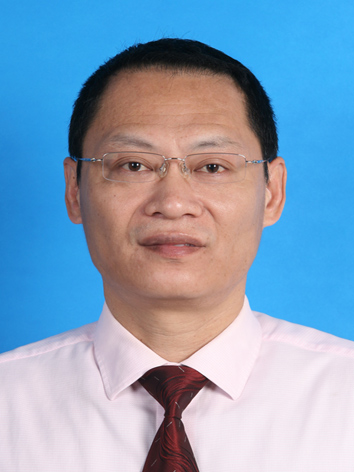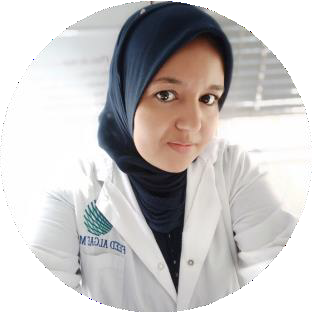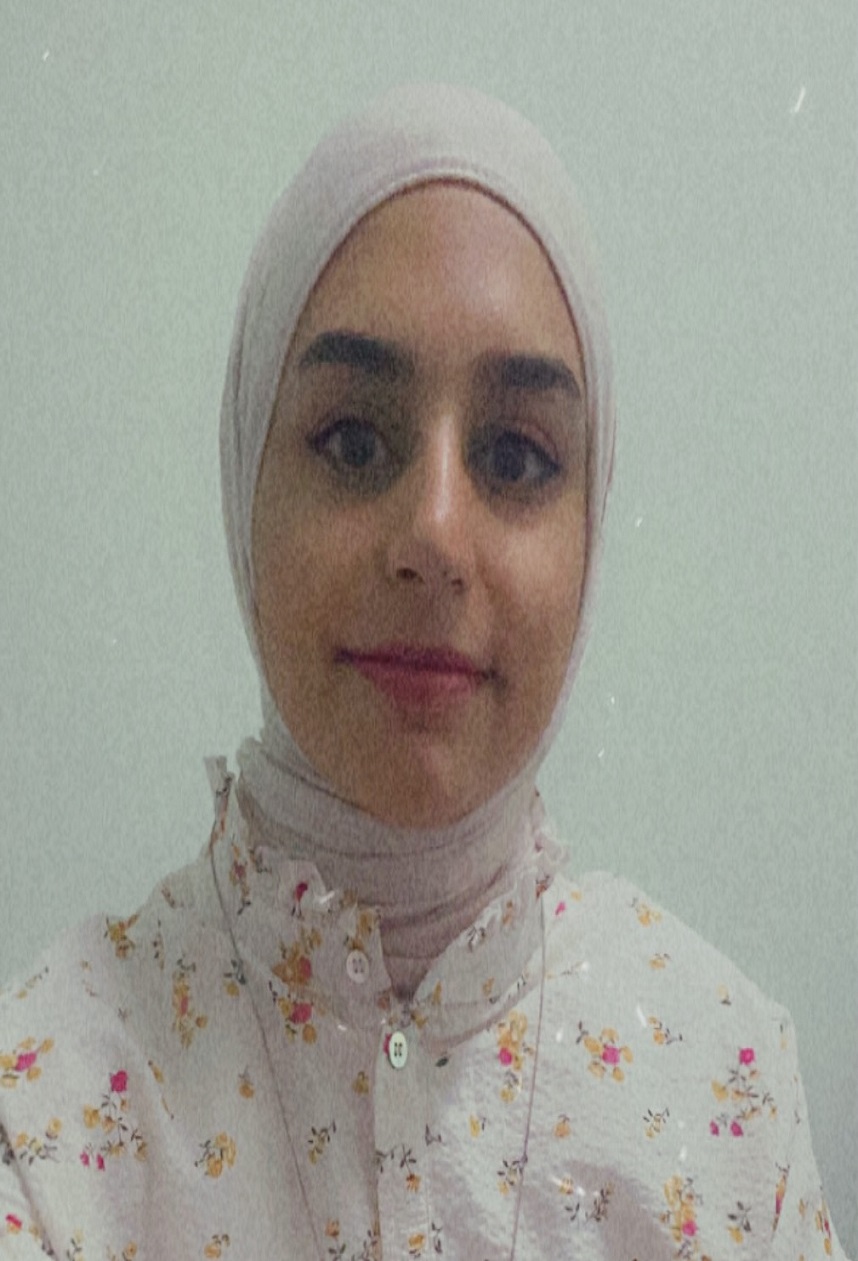Scientific Program
Keynote Session:
Oral Session 1:
- Video Presentation
Title: A novel research area of PCDH-PC in inhibition of prostate cancer cells invasion and metastasis through epithelial-mesenchymal transition
Biography:
Prof. Xuezhen Yang graduated from Peking University with a doctor’s degree in Surgery, studied under Professor Liqun Zhou and Academician Yinglu Guo. He have been studying in several world famous universities for 5 years and have rich clinical experience in the diagnosis and treatment of urinary system tumor. He is invited to give academic reports and won awards in international and domestic conferences for many times, and have served in many academic societies at home and abroad. Prof. Yang won one national and one provincial project, published many papers and participated in the translation and compilation of four monographs.
Abstract:
Objective: To evaluate the effects of protocadherin-PC (PCDH-PC) gene expression on epithelial–mesenchymal transition (EMT) in prostate cancer cells. Methods: Western blot analysis, morphological analysis, and in vitro wound closure assay were used to assess the effects of inhibition of PCDH-PC expression on EMT in the androgen-independent prostate cancer cell lines DU-145 and PC-3. Results: Inhibition of PCDH-PC expression promoted mesenchymal–epithelial transition (MET) of DU-145 and PC-3 cells, which changed the cytomorphology to resemble that of the androgen-dependent prostate adenocarcinoma cells LNCaP, and slowed down the growth rate. Conclusions: Inhibition of PCDH-PC expression reduced the invasiveness of androgen-independent prostate cancer cells.
A PHP Error was encountered
Severity: 8192
Message: trim(): Passing null to parameter #1 ($string) of type string is deprecated
Filename: pastconference/past-program-schedule.php
Line Number: 354
Backtrace:
File: /efsdata/meetingsint-com/application/views/pastconference/past-program-schedule.php
Line: 354
Function: trim
File: /efsdata/meetingsint-com/application/controllers/Pastconference.php
Line: 128
Function: view
File: /efsdata/meetingsint-com/index.php
Line: 317
Function: require_once
Title: Elucidating the short stature mechanisms in Werner Syndrome
Biography:
Ms. Tian Yuyao got her master degree of biochemistry from Peking University. She got her doctoral degree of biomedical sciences from the Chinese University of Hong Kong.
Abstract:
Werner Syndrome (WS) is an autosomal recessive genetic disorder characterized by premature aging. This disease is caused by mutations in the WRN gene. WRN gene plays a vital role in genomic stability, DNA replication and transcription. The first sign of WS is short stature. Individuals with WS have an abnormally slow growth rate, and growth stops at puberty. However, the underlying mechanisms are not well understood. Here we report a potential downstream target gene, SHOX (short-stature homeobox), was involved in the failure of bone development in Werner Syndrome. Additionally, the wrn mutant zebrafish was generated. In vivo analysis of chondrogenesis confirmed the role of wrn was crucial on bone development. And in the wrn mutant zebrafish, the expression of shox also decreased. Together, we concluded that the depletion of WRN would be one of the causes of short stature.
A PHP Error was encountered
Severity: 8192
Message: trim(): Passing null to parameter #1 ($string) of type string is deprecated
Filename: pastconference/past-program-schedule.php
Line Number: 354
Backtrace:
File: /efsdata/meetingsint-com/application/views/pastconference/past-program-schedule.php
Line: 354
Function: trim
File: /efsdata/meetingsint-com/application/controllers/Pastconference.php
Line: 128
Function: view
File: /efsdata/meetingsint-com/index.php
Line: 317
Function: require_once
Title: Algae as a bioresource options in modern agriculture
Biography:
Researcher in Marine Biotechnology specially on plant Physiology and Seaweed Valorization; Ph.D. Student from Ibn Tofail University. Currently, Engineer in Biomass Valorization in the AgroBioSciences (AgBS) research program of the Mohammed VI Polytechnic University (UM6P). Engineer in Industry and Safety Food since 2010; Engineer in Biotechnology Applied to Plant Improvement since 2008 from the Faculty of Sciences and Techniques at Cadi Ayyad University. Her research focus on the importance of seaweed liquid extracts in improving the agronomic performance of crops specially Bean and wheat plants cultivated on soil or in hydroponic systems and under abiotic stress.
Abstract:
Algae are a group of ubiquitous photosynthetic organisms, including eukaryotic green algae and Gram-negative prokaryotic cyanobacteria, beside macro-forms like seaweeds.
This paper provides a comprehensive overview of the different application of cyanobacteria, micro- and macro-algae especially in biofertilization, bioremediation as well as their role in improving soil structure and functioning.
Both micro- and macro- algae forms have been reported to improve plant growth and development. This is due to the presence of all major and minor plant nutrients as well as different organic compounds such as auxins, gibberellins and precursors of ethylene and betaine. Moreover, recent studies have revealed that the inoculation of cyanobacteria could increase the availability of other micro- (Zinc (Zn), Copper (Cu) Iron (Fe), etc.) and macronutrients (carbon (C), nitrogen (N), phosphorus (P), potassium (K)) in soil and their translocation inside plants, upto grains.
Furthermore, algae was reported to increase of plant tolerance to toxic trace elements by improving soil proprieties and increasing plant growth, biochemical and physiological plant attributes.
Title: Identification of a gene that makes a protein by using a cell free protein synthesis system
Biography:
He was a student of biotechnology and he like to talk about genetics, Molecular biology, Virology and he has done many online courses related to molecular biology virology, and genomic. He completed all the above courses from world-famous universities like Standford, HARVARD medical school, etc. He also completed 3 months of stewardship (antibiotics) from Standford medicine. He completed a 6-month diploma from the European Academy of molecular genetics. Currently, he was the winner of the young award 2021, Molecular medicine award 2021, Genome editing award 2021, WHO superhero award, Young research scholar award, pride of Pakistan award and Gen-award.
Abstract:
A living cell could be genetically modified to perform a function such as the production of a protein. However, these genetic modifications often conflict with normal cellular function and result in a mutation. Defects can be overcome through removing the bacterial membrane which leaves the lysate that is performing both transcription and translation. The cell free-protein synthesis is also known as in vitro protein synthesis and is the production of a protein without using a living cell. The gene is acting as instructions to make the protein. If we can isolate a gene and then apply a cell free protein synthesis system after synthesis the protein and run on gel-electrophoresis we can identify a gene on the basis of the protein. Gel electrophoresis is a laboratory technique used to contrasting proteins according to molecular size and charge.
Oral Session 2:
- Keynote Speech
Title: Short Chain Fatty Acid Acetate Increases TNFα-Induced MCP-1 Production in Monocytic Cells via ACSL1/MAPK/NF-κB Axis
Biography:
A chemical engineer with an MSc in advanced chemical engineering from the University of Birmingham, UK. Currently working with the immunology and microbiology lab at Dasman Diabetes Insitute with a focus on identifying novel metabolic makers and signaling pathways associated with the type 2 diabites and its related complications.
Abstract:
Short-chain fatty acid (SCFA) acetate, a byproduct of dietary fiber metabolism by gut bacteria, has multiple immunomodulatory functions. The anti-inflammatory role of acetate is well documented; however, its effect on monocyte chemoattractant protein-1 (MCP-1) production is unknown. Similarly, the comparative effect of SCFA on MCP-1 expression in monocytes and macrophages remains unclear. We investigated whether acetate modulates TNFα-mediated MCP-1/CCL2 production in monocytes/macrophages and, if so, by which mechanism(s). Monocytic cells were exposed to acetate with/without TNFα for 24 h, and MCP-1 expression was measured. Monocytes treated with acetate in combination with TNFα resulted in significantly greater MCP-1 production compared to TNFα treatment alone, indicating a synergistic effect. On the contrary, treatment with acetate in combination with TNFα suppressed MCP-1 production in macrophages. The synergistic upregulation of MCP-1 was mediated through the activation of long-chain fatty acyl-CoA synthetase 1 (ACSL1). However, the inhibition of other bioactive lipid enzymes [carnitine palmitoyltransferase I (CPT I) or serine palmitoyltransferase (SPT)] did not affect this synergy. Moreover, MCP-1 expression was significantly reduced by the inhibition of p38 MAPK, ERK1/2, and NF-κB signaling. The inhibition of ACSL1 attenuated the acetate/TNFα-mediated phosphorylation of p38 MAPK, ERK1/2, and NF-κB. Increased NF-κB/AP-1 activity, resulting from acetate/TNFα co-stimulation, was decreased by ACSL1 inhibition. In conclusion, this study demonstrates the proinflammatory effects of acetate on TNF-α-mediated MCP-1 production via the ACSL1/MAPK/NF-κB axis in monocytic cells, while a paradoxical effect was observed in THP-1-derived macrophages.
Title: IL-13 key role in the course and outcome of Leishmaniasis in BALB/C mice
Biography:
Dr. Zaatar holds a PhD in Immunology-Physiology & Biology of Organisms from Lille I University, France. She is passionate about research and teaching and has been working in reputable institutions in Lebanon and in the UAE since 2010 before joining University of Balamand Dubai (UOBD) in 2018. She is the head of the Biology department at UOBD. She was also involved in clinical trials in several fields, such as dermatology, heart failure, transplantation, respiratory and ophthalmology. Her main research interests are in the fields of immunology, neuroimmunology, and physiology. She has several publications and has received multiple national and international awards.
Abstract:
Leishmaniasis is one of the main vector-borne diseases caused by an intracellular protozoan parasite of the genus Leishmania. Cutaneous Leishmaniasis (CL) is the most common form of the disease. In the absence of an effective vaccine and a well-proven therapeutic approach to cure the disease, a deeper understanding of the immunity against leishmaniasis, especially the study of the impact of cytokines on the course and outcome of infection, is the key to optimize the management of the disease. To address this, an experimental model of CL was developed to assess the role of IL-13 in shaping the course of infection in BALB/c mice infected with low and high dose of L. major. This model offered a perfect venue to assess the effect of IL-13 on the parasite burden and on the paw thickness. Furthermore, it was possible to investigate the cytokine mode of action by monitoring its impact on the levels of key Th1 and Th2 cytokines. Our findings suggest that susceptible BALB/c mice infected with high and low dose of L. major exhibit high parasite burden and paw swelling in the presence of IL-13, which leads to a Th2 inflammatory response causing a non-healing track of the disease. Our work also highlights the ability of hypoalgesic exogenous IL-13 to induce susceptibility to L. major infection.







